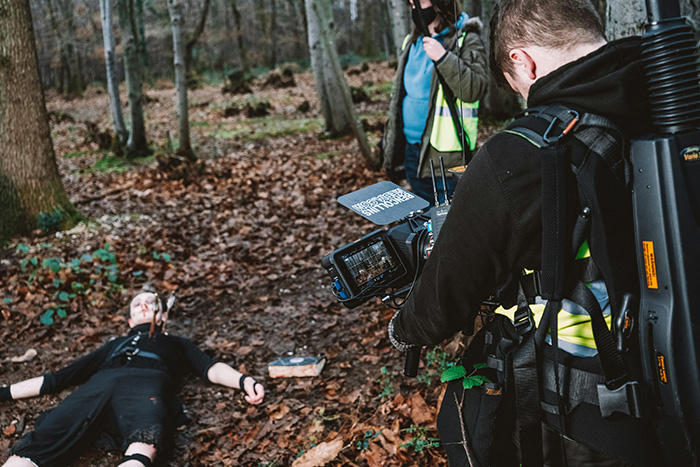As the world tightens its belt under a global cost of living crisis, filmmakers have also struggled to find funding under a contracting production market. However, horror film production continues to buck the trend, with its genre conventions and tried-and-proven practices lending itself to a low-budget approach. In this article, we’ve dissected the historical relationship between low-budget production and the horror genre.

Adapting to the Pinch
With moviegoing audience figures at a worrying low, producers have been wary about funding big-budget tent pole projects. This year has seen major flops like Joker: Folie à Deux and Megalopolis lose distributors tens of millions of dollars, which has the industry doing some soul-searching about how to progress.
It must also find a way to convince audiences to come out and spend their money, with streaming offering a much cheaper night in. Even sites like the Global Poker real money platform provide free social poker games, with cash prizes available through a sweepstakes model.
The industry must either adapt by offering cheaper entertainment options like this or find ways to lower its financial risks. Fortunately for horror fans, the genre has always produced quality titles on a dime.
The Early Days of Low-Budget Horror
In 1968, unknown director George A. Romero produced zombie-trailblazer Night of the Living Dead for a meager $114,000. The film went on to generate $12 million domestically, a huge profit margin that inspired a new generation of filmmaking. The 1970s saw iconic horror directors such as Wes Craven, John Carpenter, and Tobe Hooper launch their careers with a similar approach, creating horror classics in the process.
Digital Filmmaking and Found Footage
With the arrival of digital cameras, the costs of filmmaking were radically reduced. Although the image quality couldn’t match up to film stock, thrifty filmmakers used this to their advantage. The Blair Witch Project, with its found camcorder footage formula and genius marketing campaign, made a huge $250 million from its $60,000 budget.
The game-changing horror began a decade-long trend that has resulted in low-budget films such as Rec, the Paranormal Activity franchise, and Creep earning acclaim and financial success. The trick with these films was to use the limitations of their budget to their advantage, with the found footage technique benefiting from POV perspectives and real-time tension building.
The Trend Continues
In 2023, Australian horror Talk to Me defied the odds by earning $92 million globally off a $4.5 million budget. Unlike many horror films before it, the film managed to replicate a high-budget aesthetic. This was down to the experience of the film’s directors, who had earned online fame through their YouTube series, as well as the cheap yet quality cameras and editing software now available to filmmakers.
The directors leveraged their budget-filmmaking experience and quality script to produce something that still connected with audiences. Taking lessons from the horror legends that came before them, Talk to Me’s producers embraced the limitations and created a classic in the process.
Meager Budget, Huge Thrills
The horror genre has consistently proven effective at producing quality films on a minuscule budget thanks to the creativity of its filmmakers. By using unknown actors, minimal locations, and embracing cheaper technologies, the genre has proven that money isn’t everything.



Leave A Comment
You must be logged in to post a comment.